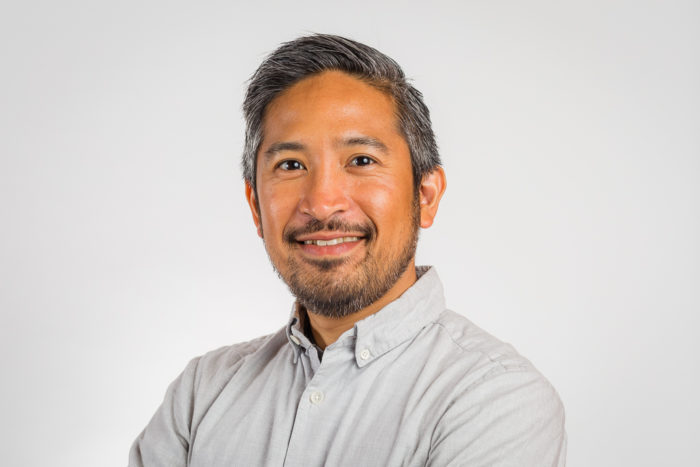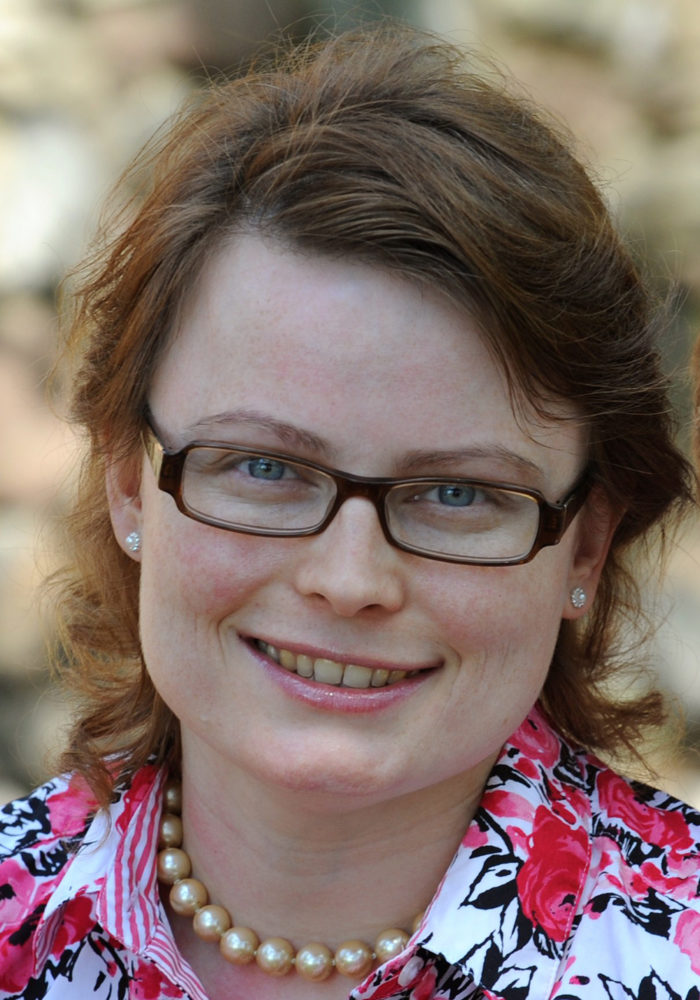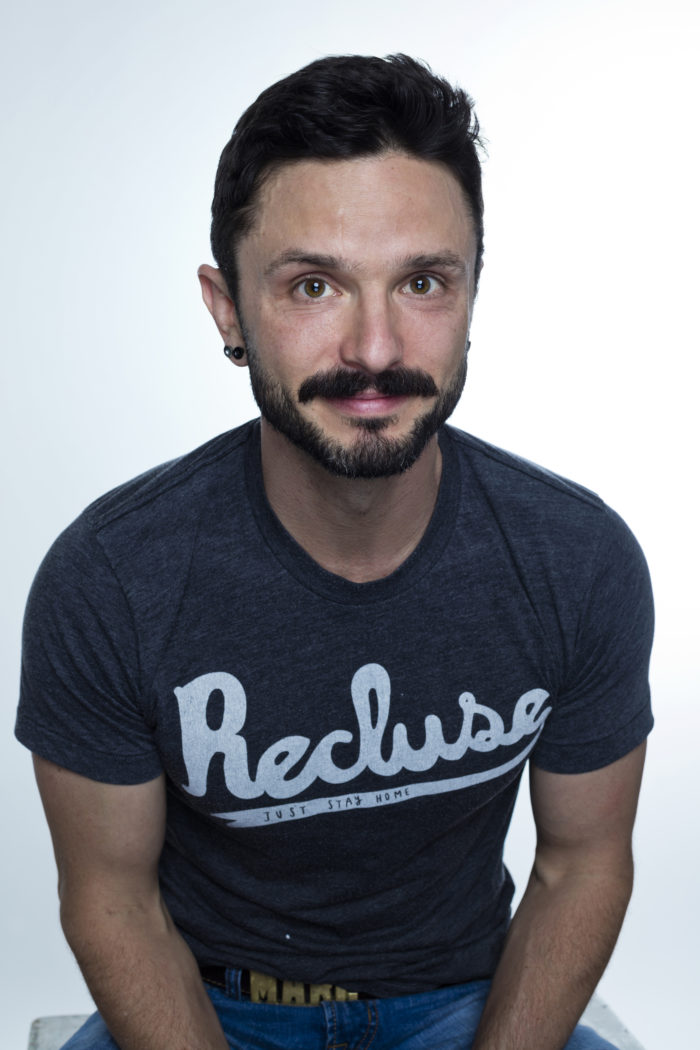Freelancing? How to Make the Most of Your Solo Act
As a new city law adds protections, three Brooklyn freelancers share their own business-survival tips
According to one survey, 38% of workers in New York City are freelancers of one kind or another (Photo by monkeybusinessimages/iStock by Getty Images)
Scheduling freedom! (And bouts of depression due to lack of work.) Being your own boss! (And not knowing when your next job will be.) Following a passion! (And not getting paid.)
The joys and sorrows of freelancing are well known to New Yorkers, more than a third of whom work outside of conventional employment. But city freelancers now have more protection against the downside of their labor with the passage last month of the Freelance Isn’t Free Act. New York became the first city in the U.S. to give some of the same protections to freelancers that full-fledged employees enjoy. Among them: a written contract, timely and full payment, and protection from retaliation for asserting their rights. The law, sponsored by Brooklyn city council member Brad Lander, establishes penalties of up to $25,000 for employers who show a pattern of violations.
What kind of workers are considered freelancers? Freelancers Union, the Brooklyn-based insurer and advocacy group with more than 350,000 members in the U.S., classifies freelancers in five different categories: independent contractors, diversified workers (who have part-time traditional employment as well as freelance jobs), moonlighters (professionals with a primary job and a side hustle), small-business owners, and temporary workers. Nationally about 34% of the workforce fits into one of these categories, with New York City coming in higher at 38%, according to a survey by the union.
Those percentages are expected to keep growing. Freelancing is a major employment trend, fueled by the changing nature of corporate work as well as two new factors: job-pairing services and co-working spaces. But is it for you? And if you’re doing it already, how can you stick up for your rights?
We spoke with three Brooklyn-based freelancers who earn their living as engines of the gig economy and asked them why they do it, what they like about it, what they don’t, and what advice they would give to someone who is looking to make that transition.
The Photographer
Jeff Samaniego, 37, of Downtown Brooklyn, had worked as an Apple technician for seven years, fixing countless devices. While the work wasn’t bad, Samaniego had a passion for photography that wasn’t being realized. After his wife accepted a job offer in Singapore, they moved there, and Samaniego had a chance to learn how to run a business and turn his hobby into a profession.
When they moved back to Brooklyn about two and a half years ago, he devoted himself full time to his freelance business, doing a lot of wedding photography and other gigs as they come up.

Photographer Jeff Samaniego (Photo courtesy of Jeff Samaniego)
Travel photography is his dream, but Samaniego says he is content for now doing weddings. It pays the bills and it’s a better lifestyle for him than his previous work. “I get to see more of New York. I was sitting in an office turning screws all day. Now my job is all over the city,” he said. “Central Park, Brooklyn Bridge, the Empire State Building. I get to see places of the city I never got to before.”
There are some drawbacks. Samaniego says it’s a constant scramble to find the next job, especially in the winter months. But he says he likes the freedom of scheduling and the ability to work on his own terms. He plans to continue on this path. “Absolutely. I will continue to freelance. My in-laws started their own business, and they are now enjoying the life they want to life. I don’t see myself going back to work in regular work style.”
His No. 1 piece of advice to other freelancers: have a contract. “Always a contract. Found myself in situations where we need to have specific things in the contract. If I work a ten-hour wedding and I don’t specify that I need a break, they could screw me over. I have had to get that right.”
The Management Consultant
Kristina Anderson, 39, of Crown Heights, has been a freelance management consultant for six years after previously working in corporate human resources for three. “I knew the 9-to-5 wasn’t completely rewarding for me,” she said. “I felt I had less impact internally, and had more of a consulting mindset when it comes to organizational change.”
She enjoys the scheduling freedom (a recurring theme among freelancers) and the opportunity to work with a variety of organizations. Anderson feels that in a consulting role, compared with a corporate job, she has more respect from those she is working for.

Consultant Kristina Anderson (Photo courtesy of Kristina Anderson)
Anderson has managed to avoid problems with delayed payments. Which is rare, according to Caitlin Pearce, director of member development at Freelancer’s Union. “About 70% of freelancers encounter payment issues, amounting to about $6,000 annually [per person].” Anderson credits her rigorous billing system for helping avoid payment problems.
Even so, she doesn’t often recommend freelancing to people as a career. “If you are living check-to-check, it is likely not for you,” she said. And you have to be a strong networker. “If you can’t think of three people right now who could offer you a project, or point you in the direction of one, it is likely not for you.” And finally, flexibility is crucial. “If you need to know what you are doing tomorrow, and next week, it’s not for you.”
Her advice: “Set up those boundaries early on. Ride the waves of extremely crazy packed days, and try not to stress the low-key days where there is no work. Remind yourself, ‘I chose this lifestyle for a reason.’ And, above all else, charge your clients appropriately: Don’t undersell yourself.”
The Artist
Marc Scheff is a Harvard-educated (in computer science) artist and designer. The 40-year-old Clinton Hill resident worked in several situations that mixed his tech skills with art. He created video games and comic books, among other things. He currently runs his own art gallery while pursuing multiple art projects on the side.
Scheff’s multitude of skills have allowed him to carve out several different lines of work as he freelances. “Describe myself? Well, I try not to do that until I hear what the client wants,” he said. He doesn’t want to pigeonhole himself with one specific skill set, but is also very aware that if he can’t do the job, he needs to pass it along to someone who can.

Artist Marc Scheff Photo by Allan Amato)
Scheff moved back and forth from freelance work to more traditional employment as the moments in his life have dictated. He was freelancing for a time until he and his wife had a baby on the way, and then needed to find more steady income. “I would have liked to sit around and draw all day,” he said. “But you have to take jobs to pay the bills.”
Scheff is in a more comfortable spot now, mixing his gallery with online teaching, design and art work. “You do have some control over your schedule,” he observed, “but you also have deadlines. You can’t take a vacation day the day before a project is due.”
But Scheff likes the idea of being able to forge his own career, to be able to do the variety of things he is good at and enjoys. His advice to those who want to freelance: Have a support network. “If you can manage uncertainty and have a support network, you can be OK. But it’s hard.”
While freelancing isn’t easy, it can be very rewarding if done right. As coach Jimmy Dugan said in A League of Their Own when one of his players wanted to quit: “It’s supposed to be hard. The hard is what makes it great.”













